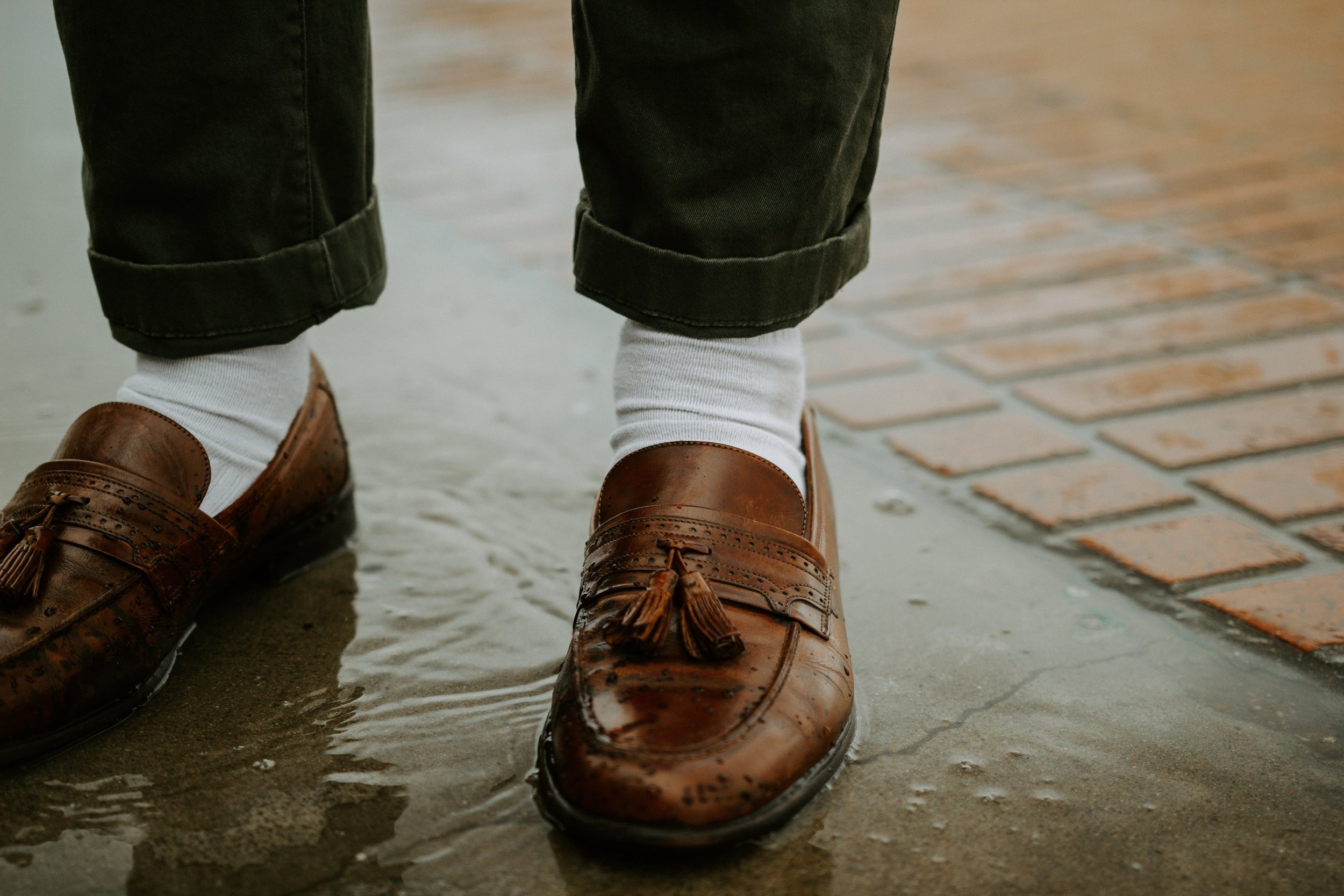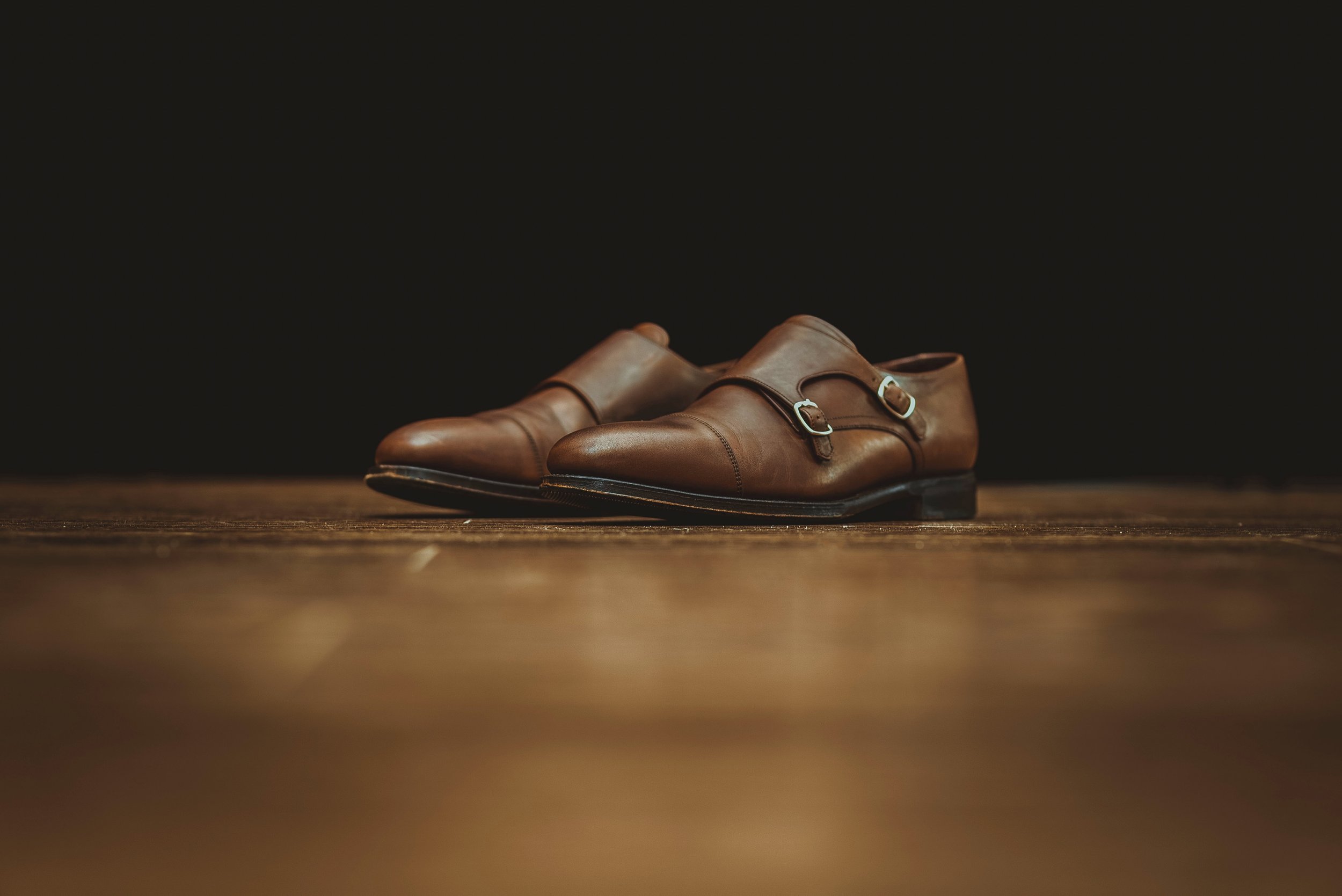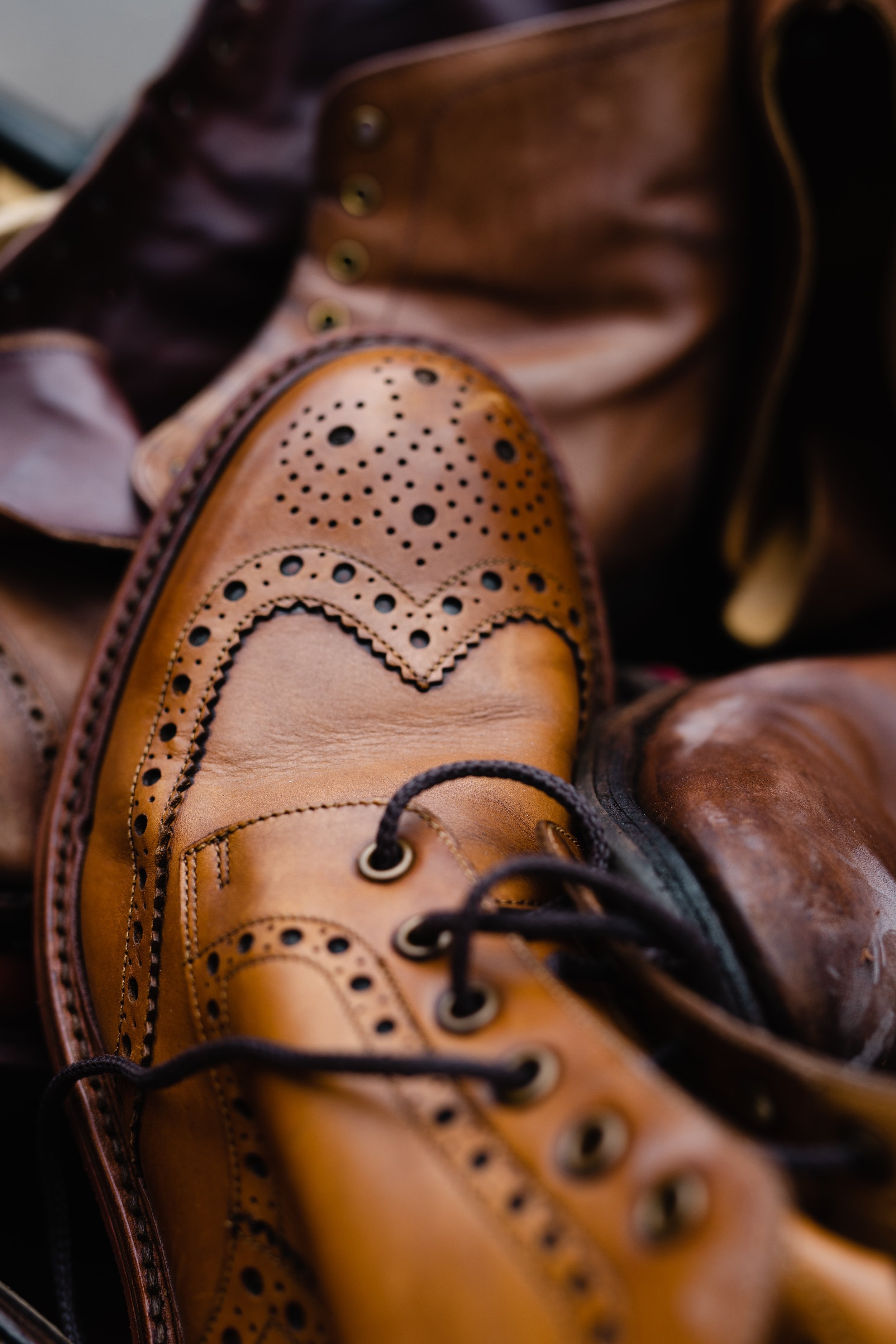Dress shoes are an essential part of any stylish wardrobe, and they come in various constructions that offer different levels of comfort, durability, and style. Understanding the different dress shoe constructions is crucial in choosing the right pair for the occasion and the environment you’ll be wearing them in. In this blog post, we’ll explore the various dress shoe constructions and their differences.
Cemented Construction
Cemented construction, also known as direct attach, is the most common method of shoe construction. It involves attaching the upper part of the shoe to the sole using a strong adhesive. The process is cost-effective and allows for a more lightweight and flexible shoe. However, it’s not as durable as other construction methods, and the shoe can’t be resoled once the sole wears out.
Goodyear Welt Construction
The Goodyear welt construction is the most traditional and durable construction method for dress shoes. It involves stitching the upper part of the shoe to the sole through a welt, a strip of leather that runs around the edge of the shoe. The welt is then sewn to the sole, making it easy to resole the shoe. This method provides excellent durability, stability, and support, and it’s ideal for shoes that are worn frequently. Goodyear welted shoes are usually more expensive than cemented shoes due to the added labor and materials required for the process.
Blake Stitch Construction
Blake stitch construction involves sewing the upper part of the shoe directly to the sole. It provides a sleek and elegant look that’s suitable for dress shoes. This construction method is flexible and lightweight, making it comfortable to wear. However, it’s less durable than Goodyear welt construction, and the shoe can’t be resoled once the sole wears out. Blake stitch construction is also less expensive than Goodyear welt construction.
Storm Welt Construction
Storm welt construction is similar to Goodyear welt construction, but it provides better water resistance. It involves sewing an additional strip of leather between the welt and the upper part of the shoe, which covers the seam and prevents water from seeping through. This construction method is suitable for dress shoes that are worn in wet or snowy conditions.
Moccasin Construction
Moccasin construction involves wrapping the upper part of the shoe around the foot and sewing it to the sole using a whipstitch. This construction method provides excellent flexibility and comfort, making it ideal for casual shoes. However, it’s not as durable as other construction methods, and the shoe can’t be resoled once the sole wears out.
In conclusion, dress shoes come in various constructions that offer different levels of comfort, durability, and style. Cemented construction is the most common and cost-effective method, while Goodyear welt construction is the most traditional and durable method. Blake stitch construction is lightweight and flexible, while storm welt construction provides better water resistance. Moccasin construction provides excellent flexibility and comfort but is less durable. When choosing a dress shoe, consider the occasion, the environment, and your personal style and preferences to determine which construction method is the best fit for you.



